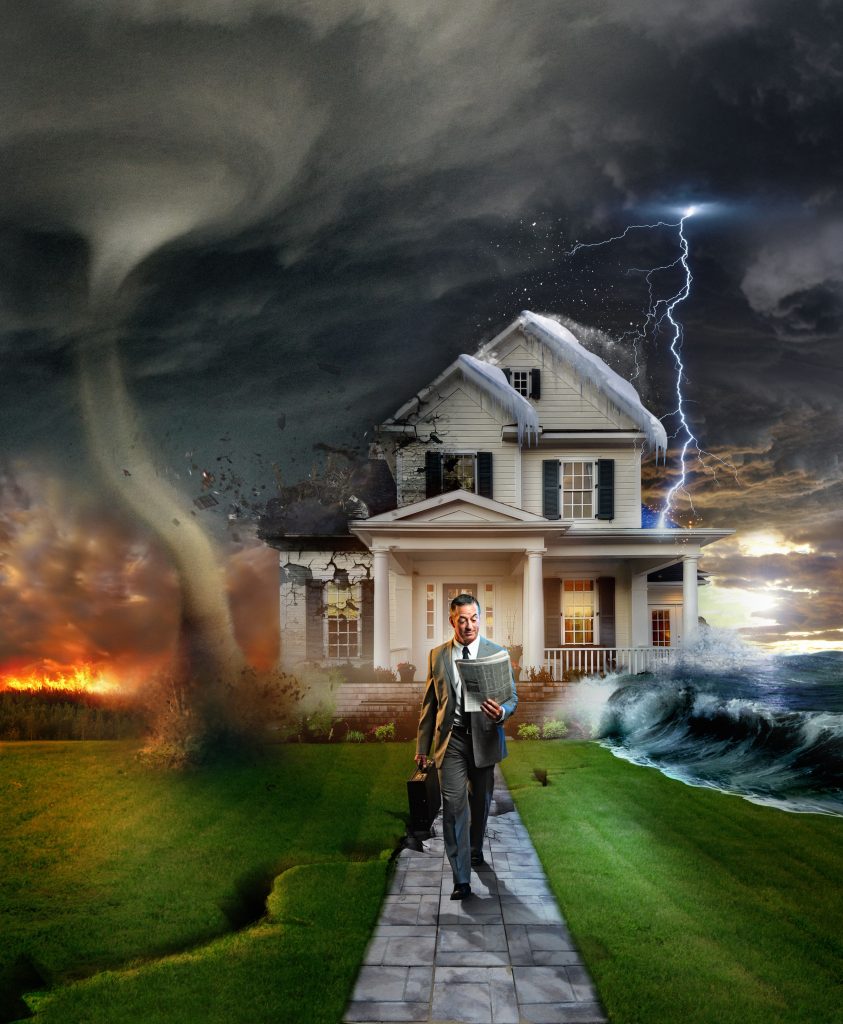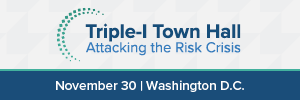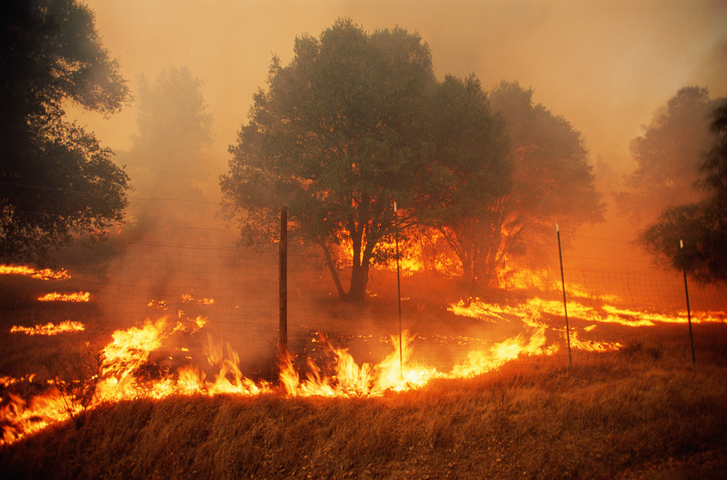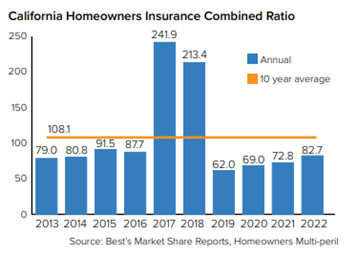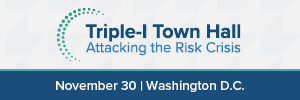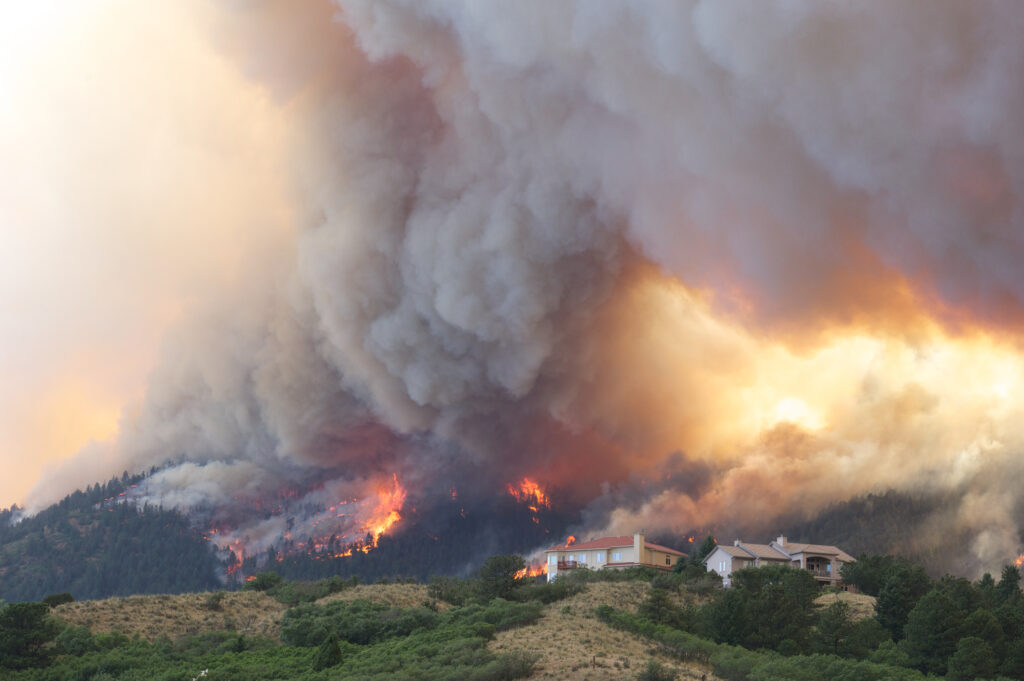
With record-breaking wildfires making headlines in recent years, it may be surprising to learn that U.S. wildfire frequency and severity for in 2023 are on track to be the lowest in the past two decades. In fact, the trend has been generally downward since 2000, according to a recently published Triple-I Issues Brief.
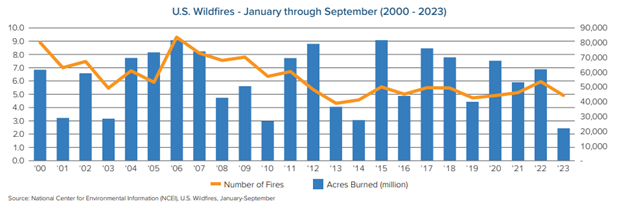
Despite catastrophic losses in Washington State, Hawaii, Louisiana, and elsewhere, California – a state often considered synonymous with wildfire – is in the midst of its second mild fire season in a row. This may be due to drought-breaking rains and snows, but Texas is experiencing fewer wildfires than in 2022, despite worsening drought conditions. About 37 percent of the continental U.S. remains under some form of drought, according to the U.S. Drought Monitor.
At the same time, Swiss Re reports that wildfire’s share of insured natural catastrophe losses has doubled over the past 30 years. How can those trends be reconciled? At least part of the answer resides in population trends – specifically, growing numbers of people choosing to live in the wildland-urban interface (WUI), the zone between unoccupied and developed land, where structures and human activity intermingle with vegetative fuels.
Mitigation is necessary – but not sufficient
The improvements in frequency and severity are likely due to investments in mitigation. State and local authorities have invested heavily to mitigate the human causes of wildfire. In addition, the federal Infrastructure and Jobs Act of 2021 included billions to support wildfire-risk reduction, homeowner investment in mitigation, and improved responsiveness to fires. More recently, the Biden Administration announced $185 million for wildfire mitigation and resilience as part of the Investing in America Agenda, which should help continue the declines in frequency and severity.
But with more people living in the WUI – nearly 99 million, or one third of the U.S. population, according to the U.S. Fire Administration – more than 46 million homes with an estimated value of $1.3 trillion are at risk.
According to the 2022 Annual Report of Wildfires produced by the National Interagency Fire Center (NIFC), 68,988 wildfires were reported and 7.5 million acres burned in 2022. Of these fires, 89 percent were caused by human activity and burned 55 acres per fire. By contrast, the 11 percent of fires caused by lightning resulted in an average of 563 acres burned, 10 times more than human-caused fires.
This difference may shed light on why the number of fires has been decreasing more dramatically than acres burned. Further, population shifts into the WUI are increasing the proximity of property to places prone to fire, helping to explain the rise in wildfire’s increased percentage of insured losses.


